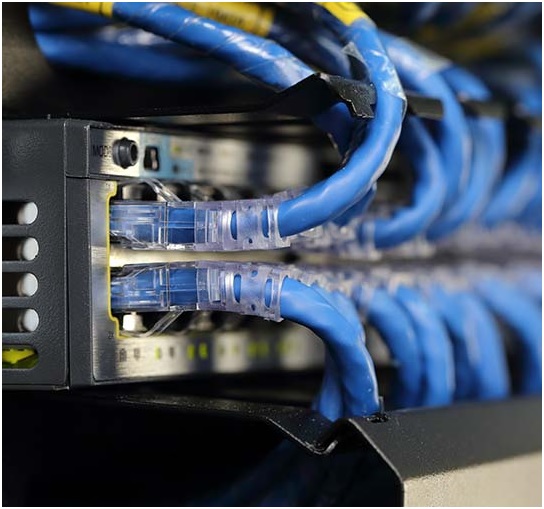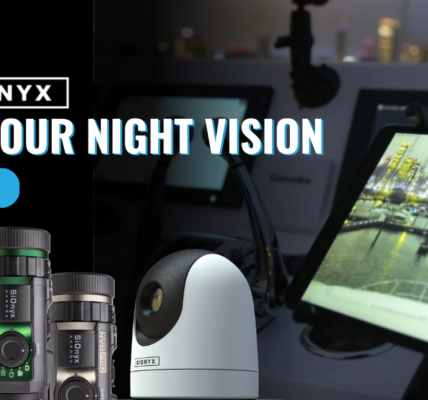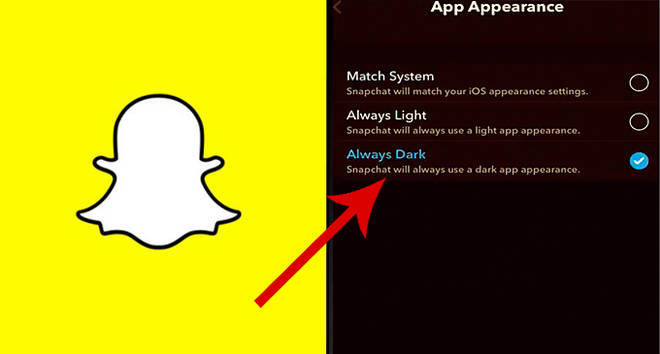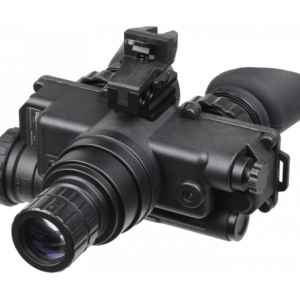In today’s interconnected world, a reliable and efficient data network is essential for both residential and commercial settings. Whether you’re setting up a home office, upgrading your business infrastructure, or improving your home’s connectivity, installing data cables correctly is crucial.
This blog post aims to provide you with valuable tips to ensure a successful data cable installation in Newcastle.
- Plan and Design Your Network
Before diving into the installation process, take the time to plan and design your network. Consider factors such as the number of devices to be connected, the required bandwidth, and the layout of the space. Assessing your needs beforehand will help you determine the right type of cables, the optimal placement for networking equipment, and the overall scope of the project.
- Choose the Right Cables
Selecting the appropriate cables is essential to ensure optimal performance and future-proof your network. Two common types of cables used for data transmission are Category 5e (Cat5e) and Category 6 (Cat6). Cat5e cables are suitable for most residential applications, while Cat6 cables are preferable for commercial settings or scenarios that require higher bandwidth. Additionally, consider factors like cable length and shielding requirements based on your specific needs.
- Map Out Cable Routes
Mapping out cable routes before starting the installation process is crucial. Identify the most efficient and least disruptive path for your cables, considering existing structures, obstructions, and potential interference. Plan routes that minimize cable lengths and avoid running cables near sources of electrical noise to maintain signal integrity.
- Ensure Proper Cable Support
Proper cable support prevents damage and maintains organization within your network. Use cable trays, raceways, or J-hooks to secure and route cables along walls, ceilings, or under floors. Avoid stapling or tightly cinching cables, as this can cause signal degradation or even physical damage. Additionally, leave some slack in the cables to accommodate future modifications or repairs.
- Follow Cable Management Best Practices
Maintaining a clean and organized cable management system is crucial for easy troubleshooting, scalability, and aesthetics. Label both ends of each cable with identifiers for quick identification and future maintenance. Bundle cables together using zip ties or Velcro wraps to prevent tangling and ensure a neat appearance. Invest in cable management solutions such as patch panels, cable racks, and cable ties to keep everything in order.
- Test and Certify Your Cables
After the installation, it’s essential to thoroughly test and certify your cables to ensure they meet industry standards. Use cable testers and certifiers to check for continuity, signal strength, and potential issues like interference or impedance mismatches. Proper certification guarantees reliable performance and allows you to troubleshoot and address any problems before they become significant issues.
- Future-Proof Your Network
Considering future needs is vital when installing data cables. While it’s impossible to predict every technological advancement, incorporating some future-proofing measures can save you time and money in the long run. Consider installing additional cable runs, utilizing conduit systems for easy cable replacement or upgrades, and using higher-grade cables to support increased bandwidth demands.
Conclusion
It requires meticulous planning and attention to detail for an electrician in Newcastle to put in data cables in a residential or commercial setting. By following these tips, you can ensure a successful installation that provides a reliable and efficient network infrastructure for your needs. Remember to plan your network, choose the right cables, map out cable routes, ensure proper cable support, follow cable management best practices, test and certify your cables, and future-proof your network. With these considerations in mind, you’ll be well-equipped to create a robust data network that meets your requirements and supports your connectivity needs for years to come.





